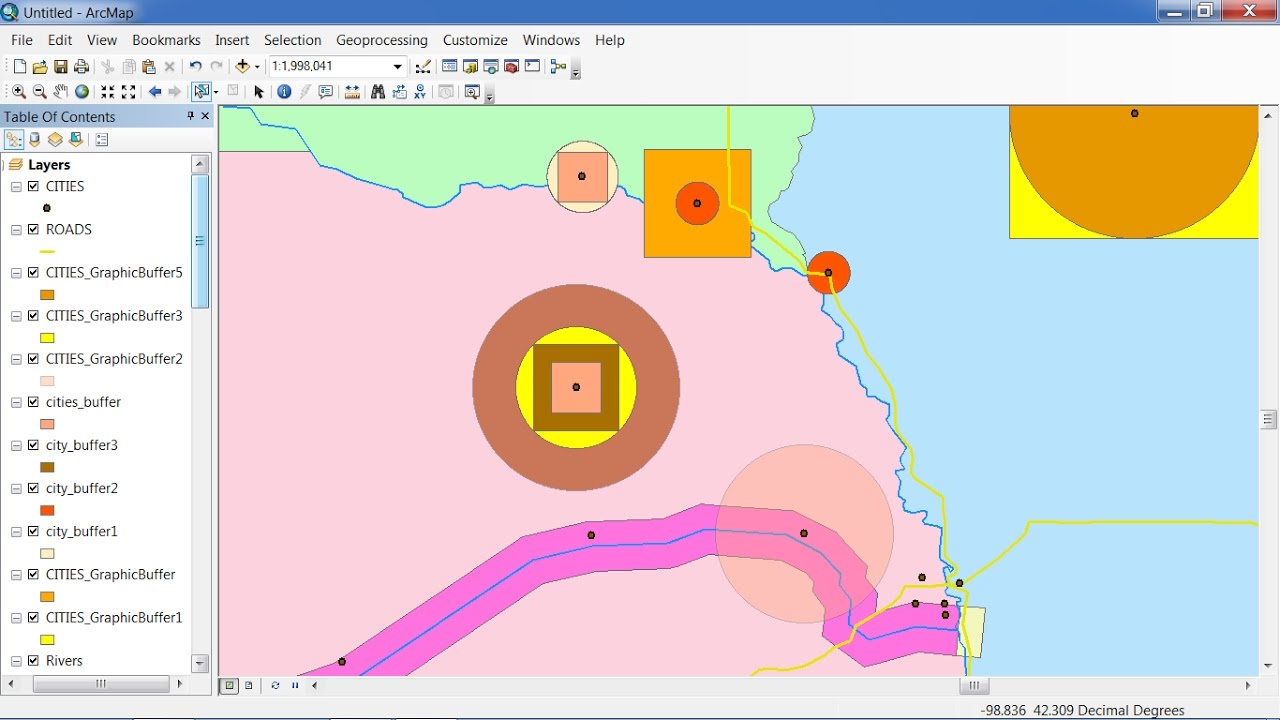

The wetness indices were compared across DEMs and with each other in terms of quantile and distribution differences, then in terms of how well they each correlated with measured soil attributes.

The finer resolutions (2m and 5m) were chosen for the purpose of determining how finer resolutions performed compared with coarser resolutions at predicting wetness and related soil attributes. The specific DEM resolutions were chosen because they are common grid cell sizes (10m, 30m, and 50m) used in mapping for management applications and in research. The DEMs were resampled from LiDAR, which is a laser altimetry remote sensing method, obtained from the USDA Forest Service at Savannah River Site. Topographic wetness indices were calculated based on the derived terrain attributes, slope and specific catchment area, from five different DEM resolutions.

The purpose of this study was to examine the effects of DEM resolution on the calculation of topographic wetness indices used to predict variable source areas of saturation, and to find the best resolutions to produce prediction maps of soil attributes like nitrogen, carbon, bulk density and soil texture for low-relief, humid-temperate forested hillslopes. For example, saturated areas can be under or overestimated depending on the resolution used. Problems arise when using maps derived from more » different resolution DEMs. Additionally, there exist many maps that are in various resolutions of DEM, such as those acquired from the U.S. With laser altimetry, an area can be flown to produce very high resolution data, and the resulting data can be resampled into any resolution of DEM desired. These terrain attributes can be used in models to predict saturated areas or other attributes in the landscape. The availability of remotely sensed and computed digital elevation models (DEMs) and spatial analysis tools make it easy to calculate terrain attributes. Detailed maps of variable source areas and soil characteristics would therefore be helpful prior to treatment. Surface runoff of saturated areas, transporting excess nutrients and contaminants, is a potential water quality issue under investigation. The USDA Forest Service, along with the Oak Ridge National Laboratory, University of Georgia and Oregon State University are researching the impacts of intensive forest management for biofuels on water quality and quantity at the Savannah River Site in South Carolina. Interest in biofuels using forest biomass has increased recently, leading to more research into better forest management BMPs. One of the largest exports in the Southeast U.S.


 0 kommentar(er)
0 kommentar(er)
